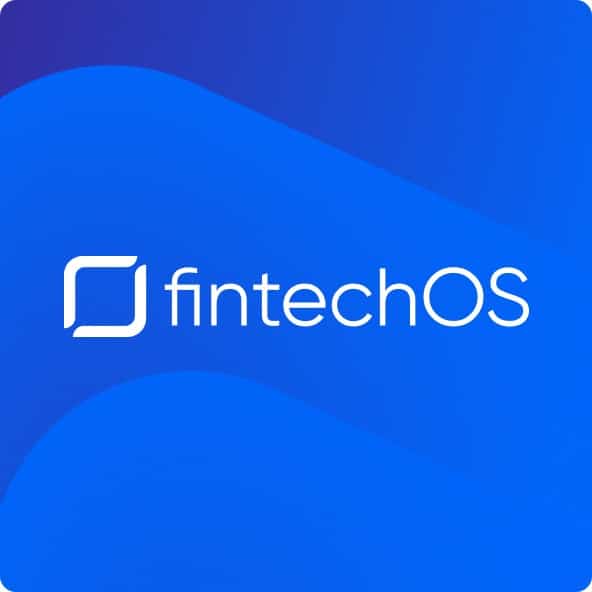In today’s fast-paced digital age, fintech companies are playing a key role in driving innovation and transforming traditional banking practices for banks and credit unions. As a result, more and more financial institutions are partnering with fintech companies to create new products and services that can better meet the needs of their customers.
In our recent webinar: Accelerating Customer Value Through Fintech Enablement, we explored bank-fintech partnerships through the eyes of a banking expert, partnership leader, and fintech innovator. Fintech Nexus’s Chief Content Officer, Todd Anderson sat down with KeyBank’s SVP, Head of Embedded Banking, Dan Williams; Alliant Credit Union’s Manager, Product Implementation, Jamaal James; and FintechOS’s VP, Product Marketing, Mike Hughes. The panelists covered everything from building trust and establishing clear values to dealing with friction.
Take a deeper look at how bank-fintech relationships are built and ways to prevent conflict.
What’s Driving Banks Towards Fintech Startups in the First Place?
Depending on their size and which line of business wants to implement improvements, every bank is seeking out fintech enablement for different reasons. Some may be focused on driving revenue and getting into new markets, while others may be seeking to simplify internal processes for their employees and deal with outdated legacy systems. Regardless, many banks are simultaneously juggling innovation and modernization efforts, requiring partnerships that can quickly deliver on both.
Setting the Partnership Up for Success
Like with any relationship, friction is bound to happen when problems arise or both parties aren’t on the same page. Here are four things to establish at the beginning of your journey to keep things running smoothly.
1. Establish Trust
Establishing trust is essential when building partnerships, especially in the financial services industry. A lot of that trust begins with transparency. It’s important to understand the limitations and the strengths of each party from the start and work towards building a solution that benefits both. Overpromising on products and services or hiding issues that may arise are sure ways to break trust with the client. To maximize efficiency, the bank or fintech company may have to step out of their comfort zone and do things differently than they’re used to, so it’s important that transparency, clear communication, and a shared vision have already been established.
2. Set Clear Expectations and Values
Setting clear expectations and goals from the beginning lets both parties know what the priorities are and how fast they’ll get done. Consider using a minimal viable product approach to help identify what is necessary to get the product launched and build from there. For many banks, it’s also essential to see value being delivered quickly, so they know they’ve made a worthwhile investment.
Value can mean a number of things to each party, so it’s best to define value from the beginning. Moving away from purely revenue-driven initiatives to think more long-term, many banks see value as increasing employee satisfaction, the ability to scale and automate their business offerings, or improving customer experience. These metrics also need to be measurable so progress can be tracked and reported regularly.
3. Recognize Risks
With innovation comes risk, especially for financial institutions. Already under a lot of stress to keep their customers’ money and data secure, banks and credit unions may come off as more risk-averse during the partnership. Because of this, fintech companies need to have a deep understanding of the potential risks and threats they both face in order to keep up with the financial institution’s compliance standards. It’s all about finding a balance and managing risk as part of the operational rollout.
4. Know How to Address Problems
Dealing with friction in any business relationship can be challenging, so it’s important to know how to address problems as they arise. Taking a united front as partners trying to achieve the same goal makes finding a solution that works for everyone a lot easier. Whether it’s identifying a collection of data, system compatibility, or compliance issue, there has to be a balance between the two parties and their efforts.
Building Bank-Fintech Relationships Doesn’t Happen Overnight
While there’s much optimism and awareness surrounding bank-fintech relationships, there’s still a long way to go. Banks and credit unions all have different levels of readiness and expectations of user experience. Finding the right fit between a fintech company and financial institution is critical for the success of the partnership, especially when dealing with friction. Despite potential challenges, there is a consensus among banks that they can’t achieve the necessary integrations and updates needed to improve customer value alone and are willing to work with fintech companies to further innovate their products and services.
A Look Into the Future
The future of bank-fintech relationships is promising, as long as both sides approach partnerships with a clear understanding of what they hope to achieve. As technology continues to advance and becomes more specialized, the winners will be those who prioritize interoperability and make it easier for fintech enablement solutions to integrate with existing banking systems. Ultimately, the goal is to create a seamless ecosystem of solutions, where integrating them is effortless. While it may take time for the technology to mature, both sides can gain a significant advantage in the market by working together.
Want to learn more? Watch the full webinar on-demand.



